How to sharpen a braid?
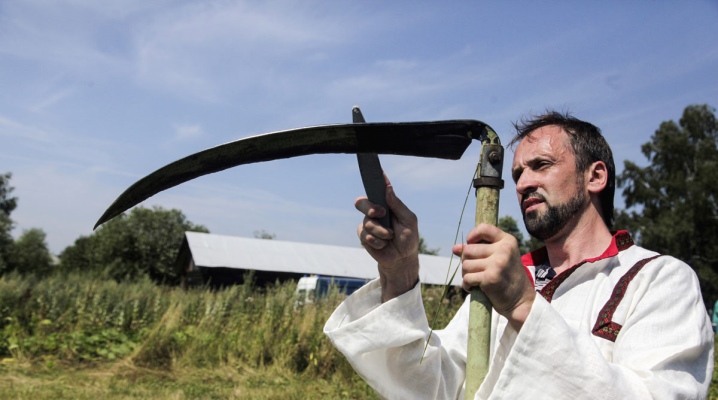
The scythe is an indispensable tool in a private home. Regardless of what steel is used in the manufacture of a knife, sooner or later it becomes dull, and the tool needs sharpening. How to do it correctly, we learn from the article.
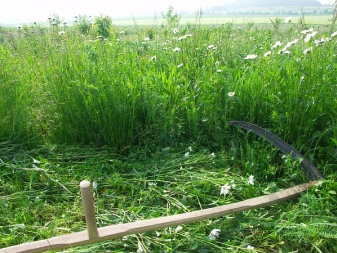
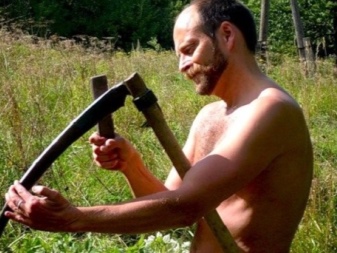
General rules
The quality of the work performed depends on how correctly the braid is sharpened. Sharpen the braid with a long bar. With the left hand, hold the tool by the point, and with the right hand move along the blade, outlining arcs to the right and left. To prevent the blade from rubbing in one direction, drive the same on both sides. The bar is not held very tightly in the hand.
The stone for the tool is kept in water with the addition of vinegar or sulfuric acid. The blade from it becomes sharper, but dulls faster.

Beating
The cutting capacity of the scythe is determined by the thickness of the metal layer at the end of the blade. Accordingly, before final sharpening (finishing with a bar), it must be beaten off. For chipping or riveting, a special device is used - the "headstock". It is driven into a wooden stump, and beforehand it is better to put a metal washer or nut under it so that it does not fall into the tree.
Hammer strikes during repulsing should not be straight, but with a slight extension. In other words, you need to not only punch from top to bottom, but also pull the hammer backward to make the metal stretch.
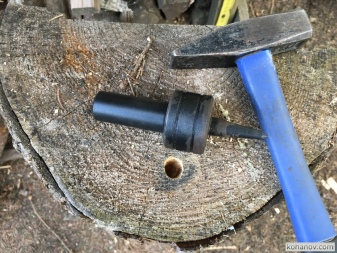
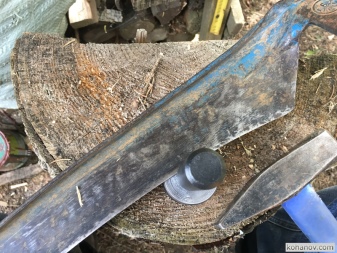
If the braid has not been riveted for a long time and the entire layer has long been erased, then great efforts will have to be made when beating. It should be noted that this process is quite long and laborious. This flattens the metal and becomes very thin. This layer of chips (stings) should be 3 millimeters or more. Although it should be thin, you should not get carried away, otherwise the metal may simply break off, and you get jags. In addition, when mowing, such a sting folds too quickly and becomes dull, especially if you mow rough vegetation.
You can beat it off with your own hands by removing the braid from the stick. However, it is permissible to do this together with the braid. This is not a matter of principle. During riveting, the braid should be lightly pressed against the “headstock” with your thumb so that it does not bounce. As you move towards the end, the base can be put on one knee, thereby creating additional support. After the riveting is completed, it is only necessary to remove the burrs from both sides of the tip with a regular bar.
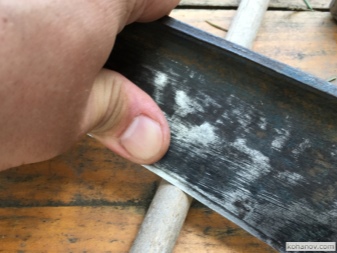
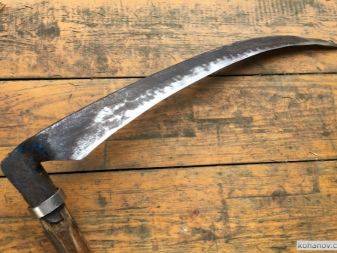
Sharpening
For manual cleaning with a grinder, hold the disc in the heel area and guide it along the blade, then to the edge. This needs to be done several times to get a constant sharpening angle.
If burrs appear on any part of the cutting edge, cleaning is complete, you need to stop sharpening and it's time to start machining. To do this, use sandpaper.
At home, you can perform high-quality sharpening of the braid. It is important that the angle is the same as when trimming, because by slightly changing it, you can, on the contrary, blunt the braid.
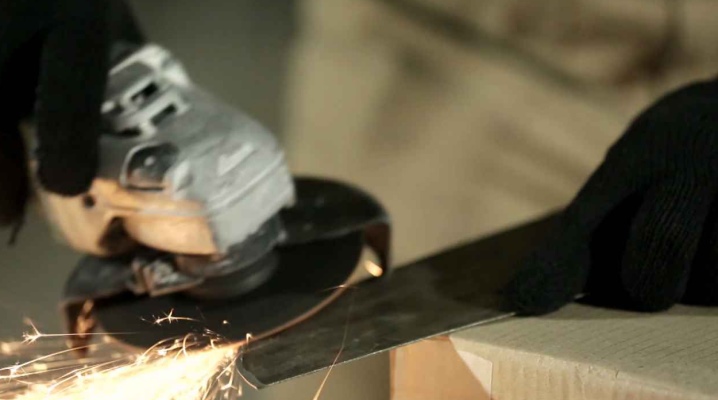
Recommendations
As soon as the block leaves the cutting edge, its abrasive grains leave marks, that is, the smallest file of the teeth. In fact, this is the purpose of sharpening. The teeth are directed from the heel to the nose. The finer the abrasive particles, the finer the teeth. The final shape will be in the form of a wedge, and the shorter the length and the larger the base, the greater the bending resistance.
The tines help cut the grass during operation. However, over time, they inevitably deform and bend. As a result, the cutting edge thickens and the knife blade becomes dull.
Attempts to sharpen the tool with a bar will cause some of the curved teeth to snap back into place, but the rest will still grind. After all, the blade of a knife where the metal was thinnest is depleted too quickly, which means that after a while the blade will become thick again.
There are masters who know these nuances and therefore sharpen with musat. It is a perfectly smooth steel bar. With the help of musat, it is easy to bend the wrinkled teeth and restore the sharpness of the knife. But this is also a temporary solution.
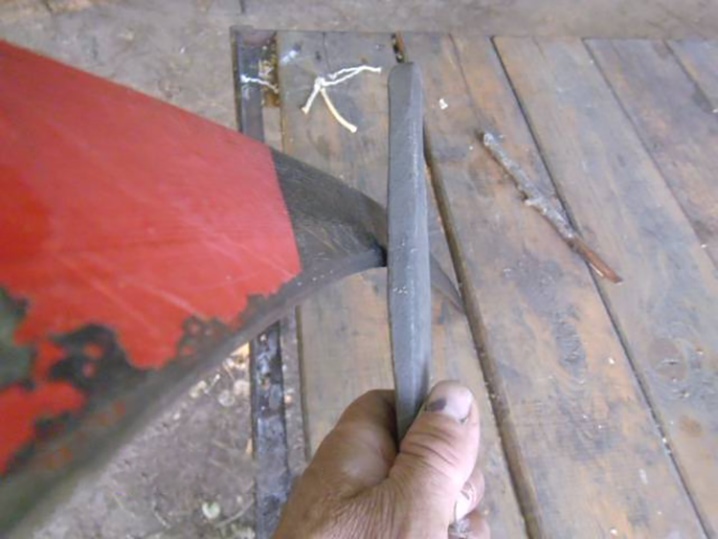
During operation, the teeth will break and the blade will become thicker. At some point, you will inevitably have to sharpen the knife with a bar so that the blade regains its former subtlety and sharpness. And after a while, it will be necessary to correct everything again with musat. A reasonable way out of this situation would be to regularly use both tools.
If you alternately process the scythe blade with a rod and then with musat, the service life of the metal tool is significantly increased, and it may take several weeks before the next sharpening.
The grinder is also a good sharpening tool, but when using it, it is worth spending more time on safety. Precisely because the blade of the scythe is very narrow, it is difficult to sharpen with a disc, it can fly off at any time, therefore it is advised to resort to this method only as a last resort.
Anyone who constantly uses the described tool should always have a high-quality sharpening stone at hand.
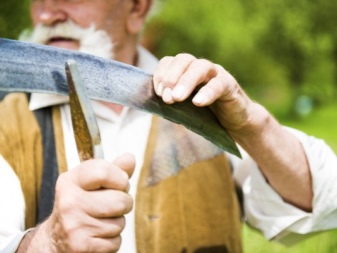
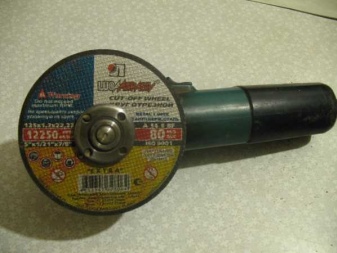
For information on how to sharpen a braid, see the next video.



































































The comment was sent successfully.